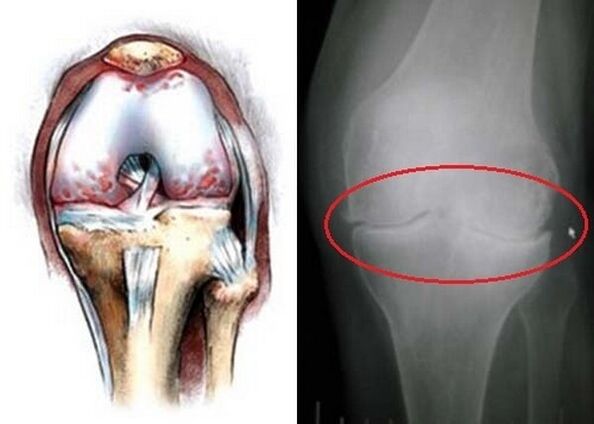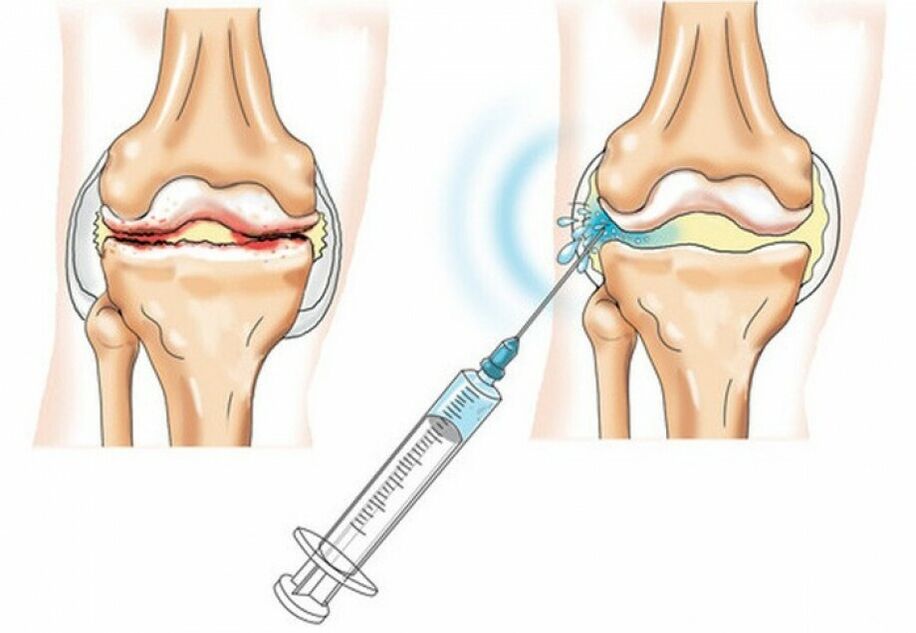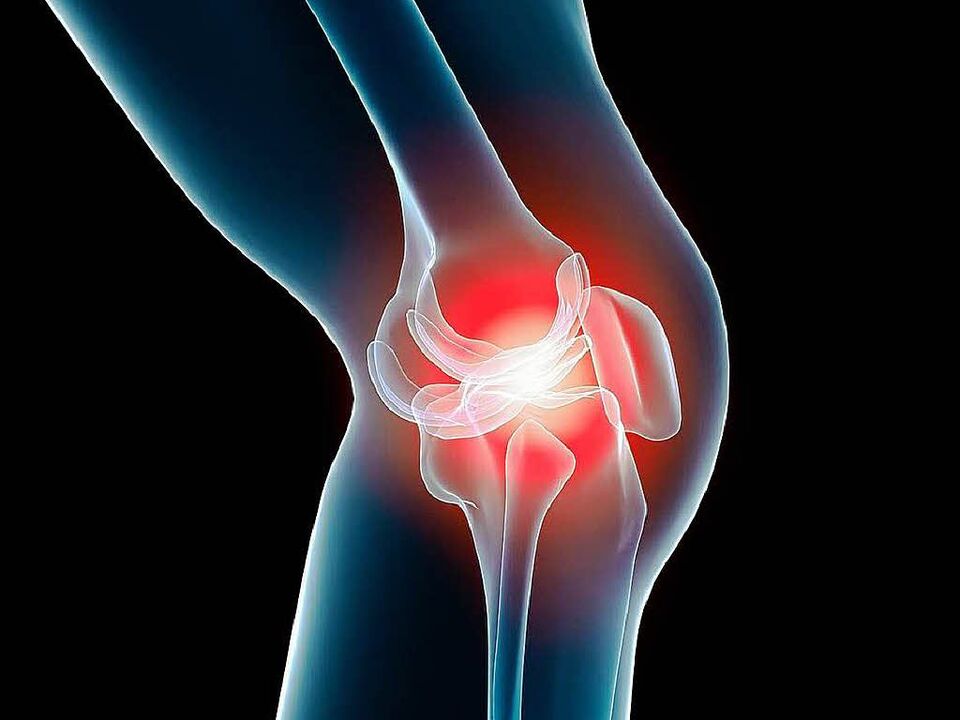Poorly arched legs, inability to walk without support - all these seem to be signs of old age, but in fact they can be caused by illness. Knowledge about this disease can help everyone, because timely treatment will prolong youth for bones and joints. Knee gonarthrosis has another name - joint deformity or degenerative joint disease.

The disease belongs to the group of degenerative - heterotrophic diseases. Under the influence of pathogenic factors, the tissues of the joint develop changes, and with this pathology, not only the cartilage of the knee joint, but also the bones, ligaments, capsule and muscles that ensure its functioning are also affected. affect.
This is one of the most common diseases of the musculoskeletal system. Due to the structural change of hyalinized cartilage tissues, they lose their elasticity, firmness and gradually collapse. This leads to an increased impact on the bone tissues, causing the appearance of so-called osteoclasts on them. These are the "spikes, " which are the growing parts of the bones in the joints. If knee osteoarthritis is not treated, cartilage tissue can gradually disappear completely, bone deformity, loss of function and function of joints.
Causes of knee gonarthrosis

This disease is classified as idiopathic, which means that the causes of knee osteoarthritis are still not exactly clear. There are two main types of gonarthrosis: primary and secondary.
Primary or idiopathic gonarthrosis of the knee joint develops as a result of metabolic and circulatory disorders of the lower extremities. This form of the disease mainly affects the elderly, especially women and those who are overweight. The reason for the development of degenerative-dystrophic changes in the cartilage tissue can be due to an excessive load on the joint, a violation of normal blood circulation and many microscopic. Hormonal disorders and endocrine disorders can also lead to this.
Secondary or traumatic gonarthrosis occurs as a result of mechanical damage to the joint. This leads to:
- knee trauma - damage to the ligaments, cartilage of the knee joint, fractures and fractures with metastatic disease;
- various inflammatory diseases - rheumatism, arthritis;
- non-inflammatory joint damage - fibrosis, arthritis of various etiologies;
- inadequate and untimely treatment of diseases of the knee joint;
- past trauma and trauma.
Symptoms of the disease
Symptoms of osteoarthritis of the knee develop gradually. In the early stages of the disease, pain occurs with exertion, overwork or after a long walk, then other symptoms join and a detailed clinical picture of the disease appears.

Symptom:
- knee pain when moving;
- joint swelling;
- restriction of movement in the joint;
- knee stiffness;
- instability when leaning on a painful leg;
- Visible deformity of the joints.
Stages of gonarthrosis
In the clinical picture, there are several stages that reflect the severity of the disease:
- Stage 1 - mildly limited joint movement, more tired limbs, mild pain, appearing at the beginning of movement or after exertion, at rest, pain and stiffness disappear. Bones keep the same shape, no deformation. X-ray showed a slight narrowing of the joint cavity.
- Stage 2 - there is a marked limitation of movement, pain on walking becomes constant, especially aggravated with exertion, prolonged standing. There is a clicking sound in the joint with movement, limping, deformed bones, weakened ligaments and muscles. On the X-ray, the joint cavity is narrowed to 3 times compared to normal, the bone cells are growing on the bone, there may be fluid in the joint cavity.
- Stage 3 - the pain becomes constant, does not go away after rest and rest. Movement is strongly restricted, which can violate blood circulation in the joints. On radiographs, joint space is practically absent, bone is strongly deformed, and bone tissue is strongly developed.
Diagnosis and treatment of gonarthrosis
Diagnosis of the disease includes examination of the patient and X-ray examination of the affected limb.
Treatment should be started as soon as possible. Careful examination and consultation by an experienced specialist is required, because this disease has non-specific symptoms that are easily confused with other lesions of the joint system.
The main principles of treatment, aimed at therapeutic effect:
- eliminate pain in the knee joint;
- improves blood circulation and accelerates the regeneration of cartilage tissue;
- reduce pressure between the bones of the joint;
- restore mobility of limbs;
- strengthen muscles and ligaments.
Methods of treatment of gonarthrosis
Treatment of stenosis of the foreskin is carried out both with drugs and with the help of physiotherapeutic exercises, folk remedies and manual therapy.

- Non-steroidal anti-inflammatory drugs (NSAIDs). Traditionally, they were used in the treatment of inflammatory diseases of the joints. Reduce pain, reduce swelling and inflammation. But the use of these drugs, gives only temporary effects and does not cure the disease on its own. In addition, they have many contraindications and side effects.
- Chondroprotectors are the most etiological treatment, they help to regenerate cartilage tissue and eliminate the cause of the disease. Their use is effective in the early stages of the disease. To get results, it is necessary to use chondroprotectors long-term.
- Topical remedies - many ointments and creams - have anti-inflammatory and pain-relieving effects.
- Intra-articular injections are used for emergency treatment. The most commonly used drugs are corticosteroid hormones. They quickly and effectively relieve pain and inflammation inside the joint, but like NSAIDs, they only treat symptoms.
- Manual therapy and physiotherapy - in the 1st and 2nd stages of the disease can give a significant therapeutic effect.
- Diet. Degenerative knee disease is known as "salt deposition" disease. Therefore, with this disease, you need to adhere to a diet that excludes foods that contribute to the formation of salt. It is necessary to limit the intake of 1g of salt per day, meat, canned food, sweets, fatty, flour.
- Assisted walking - using crutches or a cane can significantly reduce stress on the knee joint and aid in faster recovery.
- Gymnastics is the main method of rehabilitation after treatment for gonarthrosis. Only special exercises help restore lost mobility, strengthen muscles and ligaments, and improve blood circulation. It is not possible to restore limb functions without specially designed exercises.
- Surgical treatment - in case the treatment methods are no longer effective, in stage 3 of the disease, severe joint deformity requires surgery. Usually this is arthroplasty. This operation allows you to return the mobility of the limb, but has many contraindications and limitations. It is also quite expensive financially.
A complete cure for this disease is almost impossible. For a stable remission of the disease, you need to follow all the recommendations of your doctor, try to be more active, do special exercises, take chondroprotectors and drugs that improve blood circulation, and at the same time adhere tostick to the diet.



























